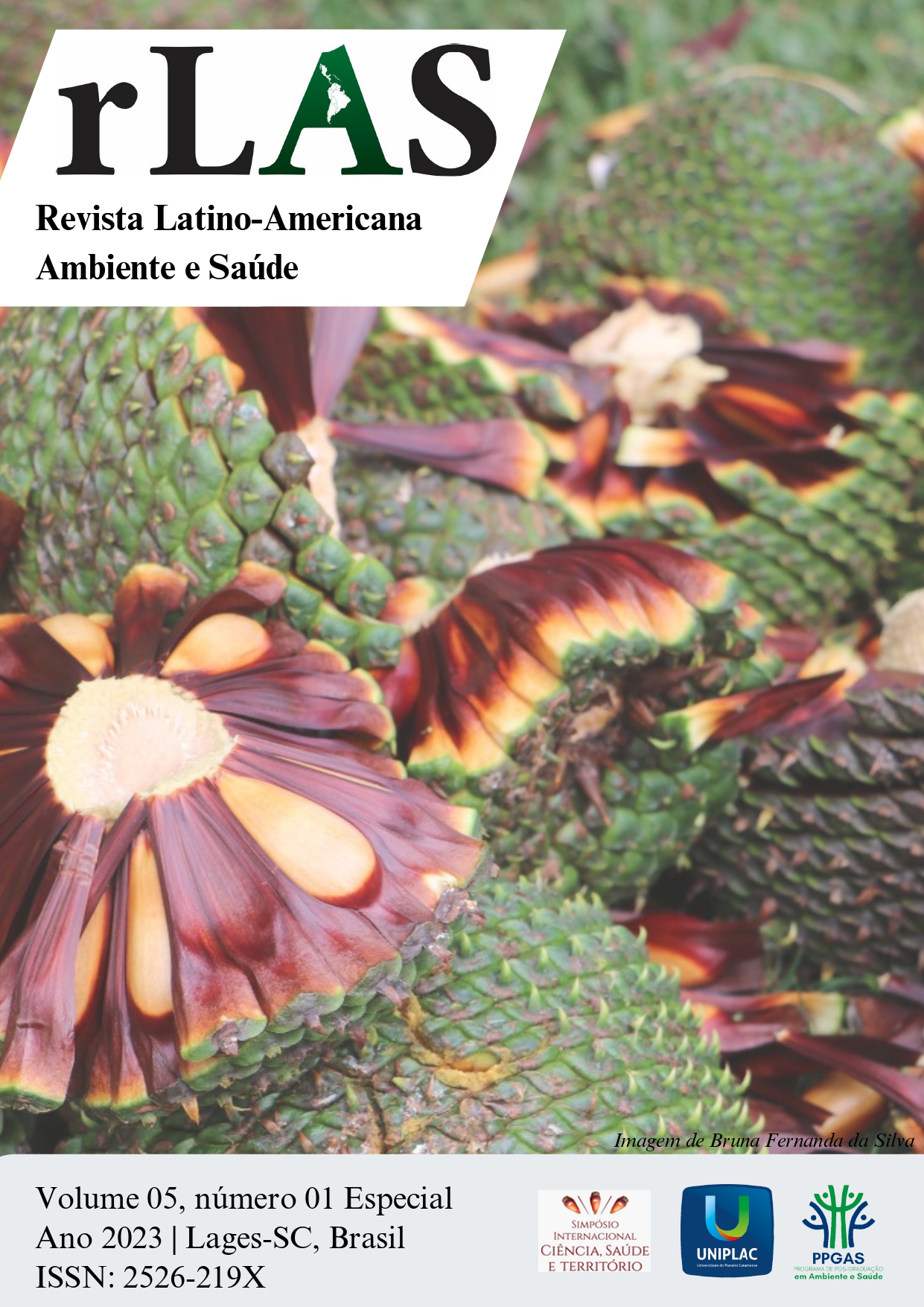Antimicrobial effectiveness of photodynamic therapy against endodontic pathogens
Keywords:
Photodynamic therapy, Methylene blue, EndodonticsAbstract
Endodontics aims to sanitize the root canal through instrumentation and the use of
chemical substances. Even though the success rate is high, there are cases where the
infection of the canal system persists. Thus, the present study aimed to evaluate the
antimicrobial efficacy of methylene blue in different concentrations associated with
photodynamic therapy against endodontic pathogens. The study is characterized by an
experimental in vitro study and was conducted using standard plate count methodology.
The analyzed samples were divided into two subgroups, the first in 0.005% methylene
blue (MB 0.005%) and the second in 0.01% methylene blue (MB 0.01%). Then, the
antimicrobial action against the main endodontic pathogens was evaluated: S. aureus, C.
albicans, P. aeruginosa, E. coli and E. faecalis. Among these concentrations, the best
results were obtained at the 0.005% concentration, which, compared to the 0.01%
concentration, showed greater effectiveness. Given the conditions of the present study, it
is possible to say that the results were satisfactory, mainly for the 0.005% concentration,
which is usually used in Endodontics. The association of methylene blue to PDT can be
considered a local and non-invasive adjuvant therapy, favorable to endodontic treatment
in the face of persistent infections, acts in the reduction of antimicrobial resistance.
References
ARAUJO, G. S. et al. Effects of methylene blue and curcumin photosensitizers on the color stability of endodontically treated intraradicular dentin. Photodiagnosis and Photodynamic Therapy, São Paulo, v. 37, p. 1-5, mar. 2022.
EDUARDO, C. P. et al. A terapia fotodinâmica como benefício complementar na clínica odontológica. Revista da Associação Paulista de Cirurgiões Dentistas, São Paulo, v. 69, n. 3, p. 226- 235, 2015.
FERNANDES, C. M. Avaliação da eficácia antimicrobiana da terapia fotodinâmica no tratamento das infecções endodônticas. 2021. Trabalho de conclusão de curso (Graduação em Odontologia) – Faculdade de Odontologia, Universidade do Planalto Catarinense, Lages, 2021.
GHORBANZADEH, R. et al. Modulation of virulence in Enterococcus faecalis cells surviving antimicrobial photodynamic inactivation with reduced graphene oxide-curcumin: An ex vivo biofilm model. Photodiagnosis and Photodynamic Therapy, Iran, v. 29, p. 1-9, mar. 2020.
KNORST, J. K. et al. Antimicrobial effect of methylene blue formulations with oxygen carrier at different pHs: preliminary study. Brazilian Dental Science, v. 22, n. 1, p. 39- 45, 2019.
KONOPKA, K.; GOSLINSKI, T. Photodynamic Therapy in Dentistry. Journal of Dental Research, EUA, v. 86, n. 8, p. 694 1126, mar/jun. 2007.
MELO, W. C. M. A.; PERUSSI, J. R. Comparando inativação fotodinâmica e antimicrobianos. Revista de Ciências Farmacêuticas Básica e Aplicada, São Carlos, v. 33, n. 3, p. 331-340, 2012.
PARIZZI, M. Nanopartículas de Azul de Metileno Fotossensibilizadas para Aplicação na Periodontia: Avaliação Físico-Química e Antimicrobiana. 2022. Dissertação (Pós-Graduação Stricto Sensu em Ambiente e Saúde) – Universidade do Planalto Catarinense, Lages, 2021.
PASSOS, S. M. Microbiologia das Infecções Endodônticas. 2014. Monografia (PósGraduação em Endodontia) – Faculdade de Odontologia, Universidade Federal de Minas Gerais, Belo Horizonte, 2014.
ROSA, C. G. et al. Application in situ of zein nanocapsules loaded with Origanum vulgare Linneus and Thymus vulgaris as a preservative in bread. Food Hydrocolloids, v. 99, p.9, 2020.
SEBRÃO, C. C. N. et al. Comparison of the Efficiency of Rose Bengal and Methylene Blue as Photosensitizers in Photodynamic Therapy Techniques for Enterococcus faecalis Inactivation. Photomedicine and Laser Surgery, Curitiba, v. 35, n. 1, p. 1-6, 2017.
SIQUEIRA, J. F. et al. Princípios biológicos do tratamento endodôntico de dentes com polpa necrosada e lesão perirradicular. Revista Brasileira de Odontologia. Rio de Janeiro, v. 69, n.1, p. 8-14, jan./jun. 2012.
STUART, C. H. et al. Enterococcus faecalis: Its Role in Root Canal Treatment Failure and Current Concepts in Retreatment. Journal of Endodontics, EUA, v. 32, n. 2, p. 93- 98, fev. 2006.


